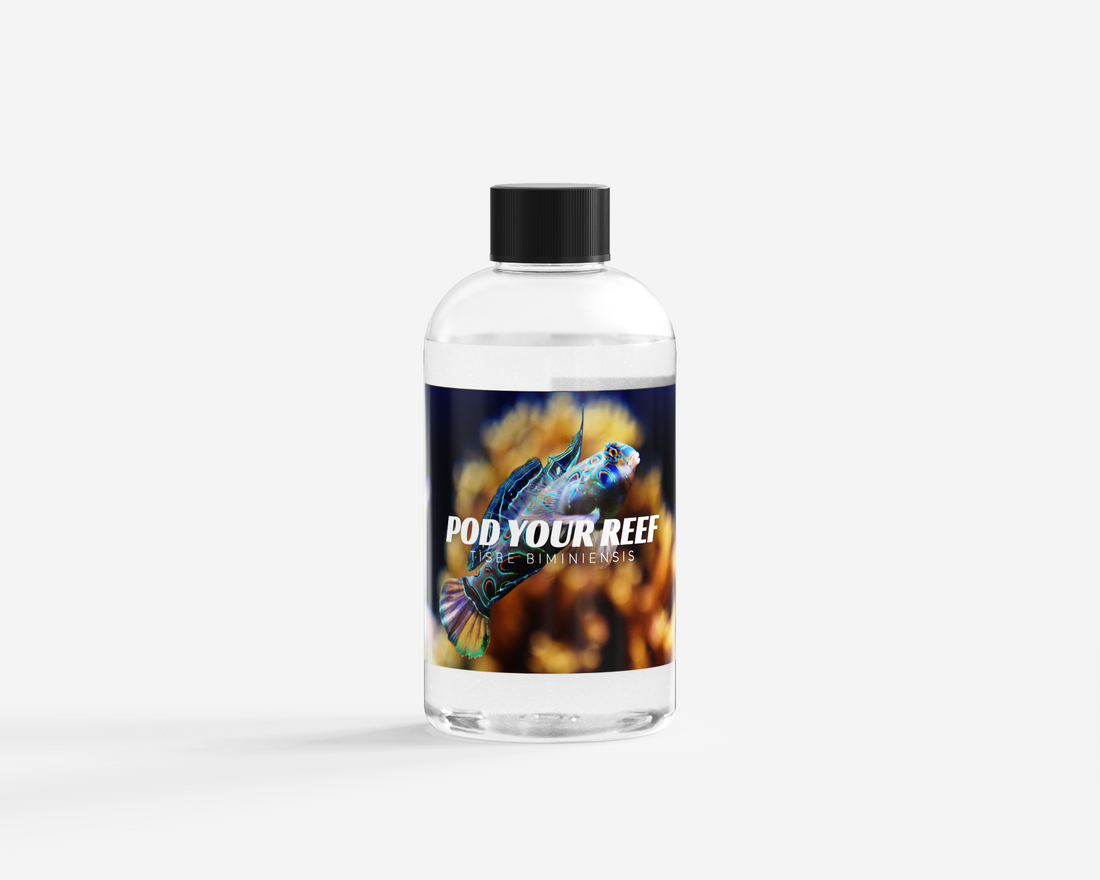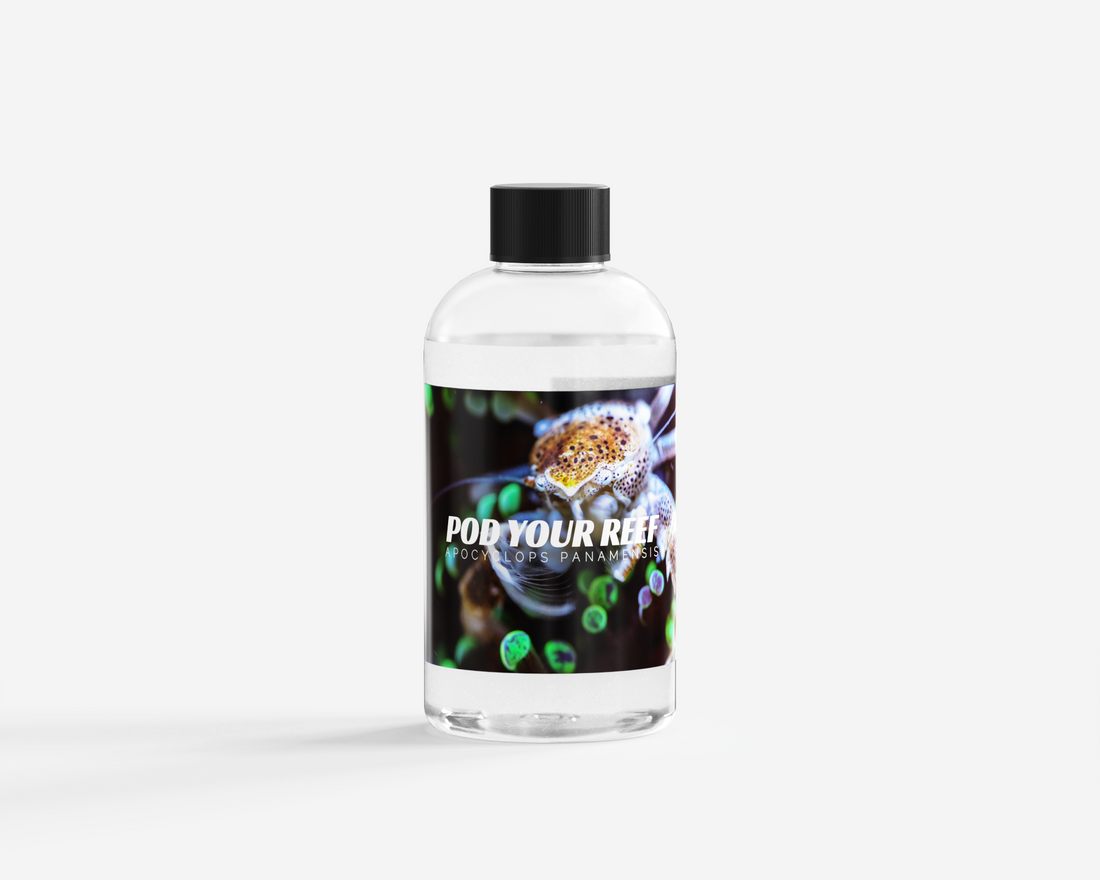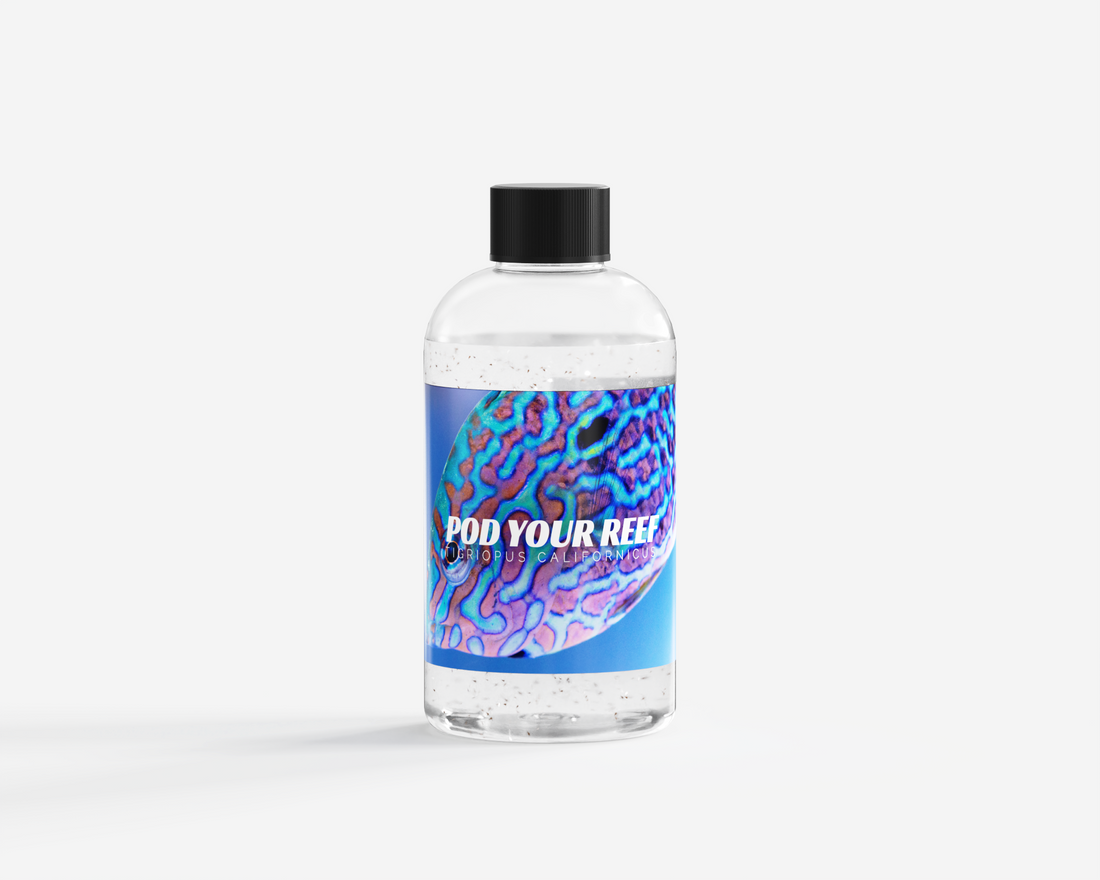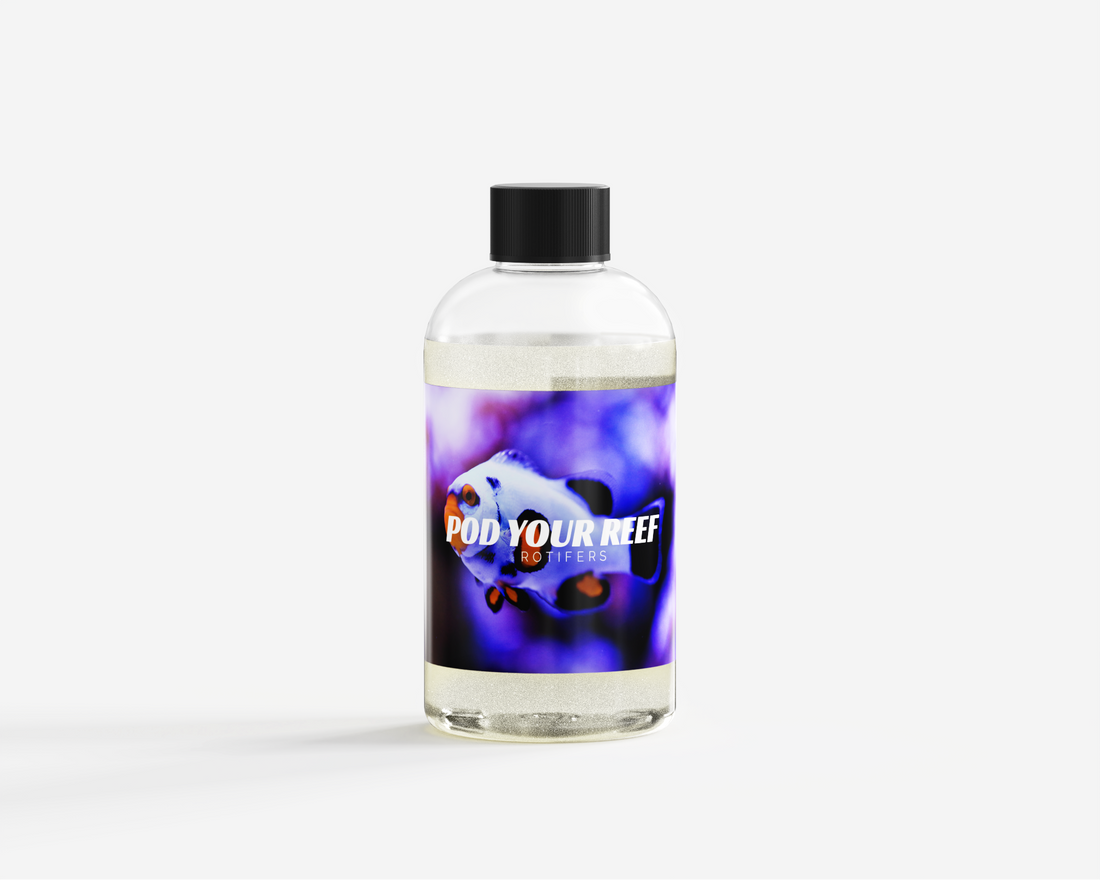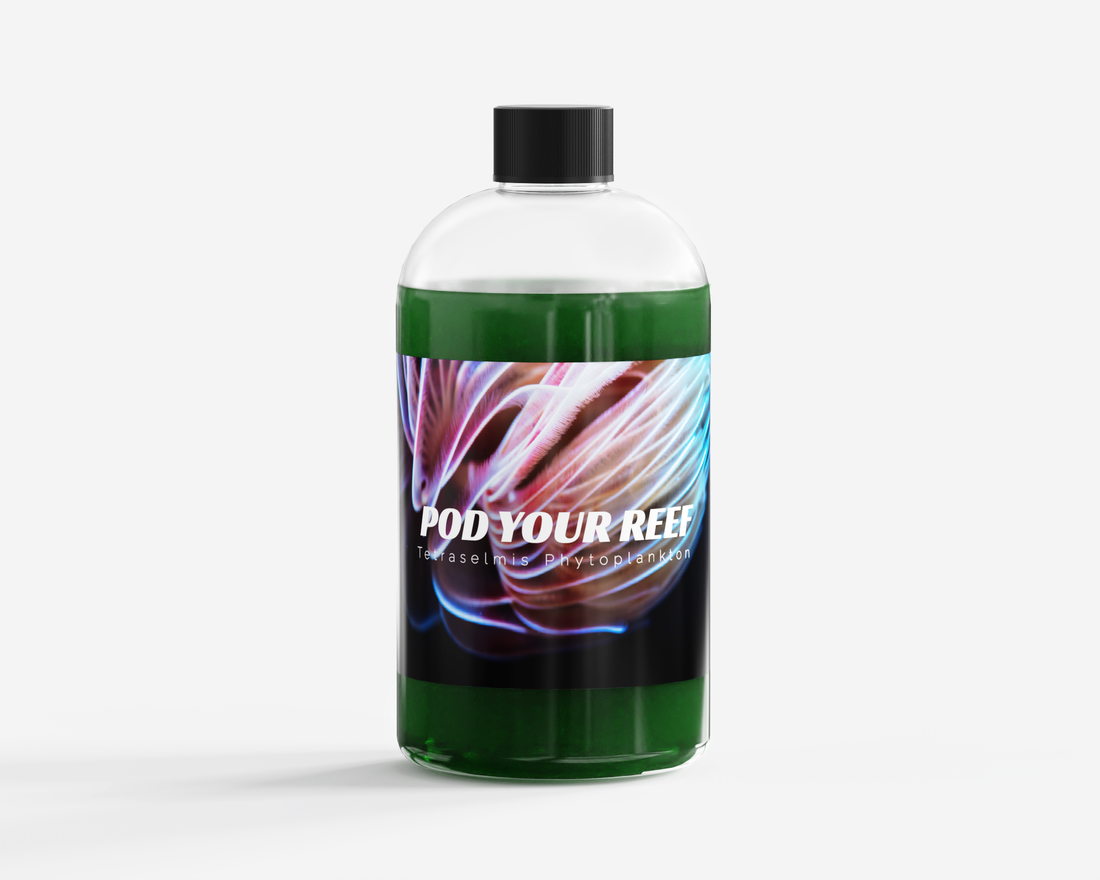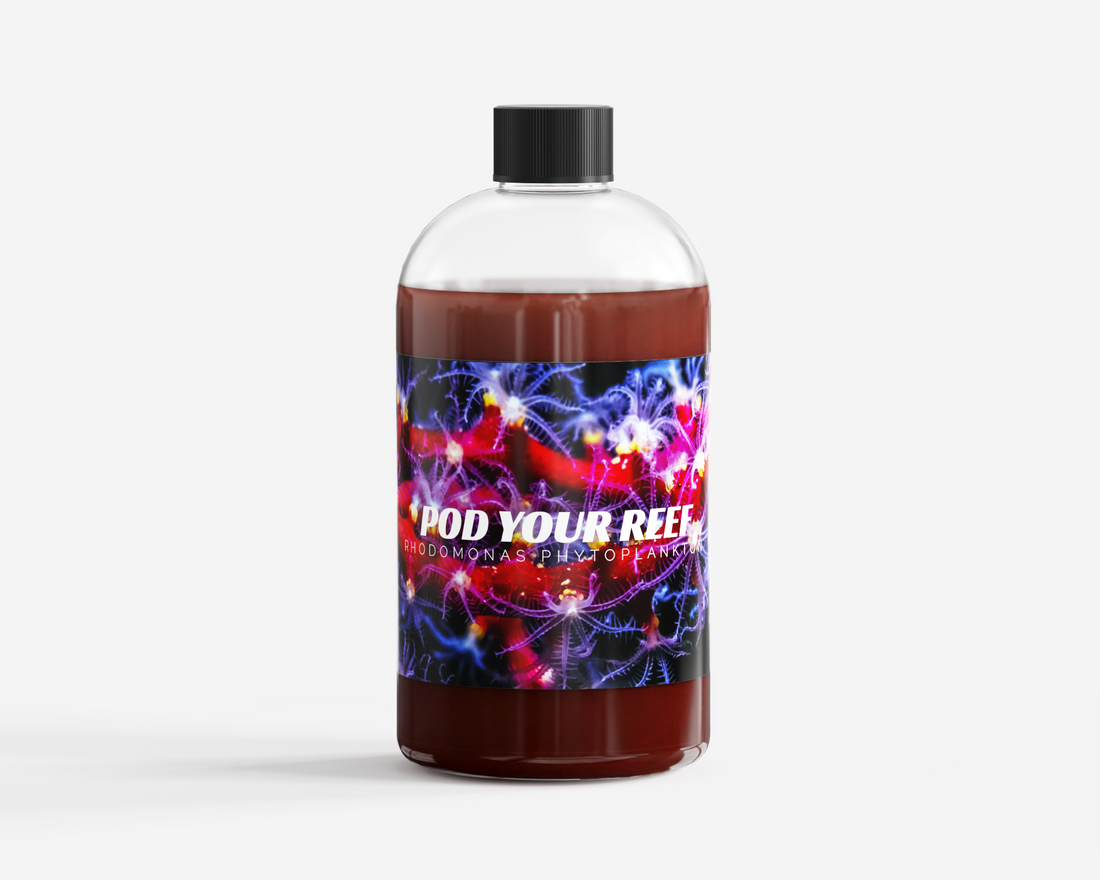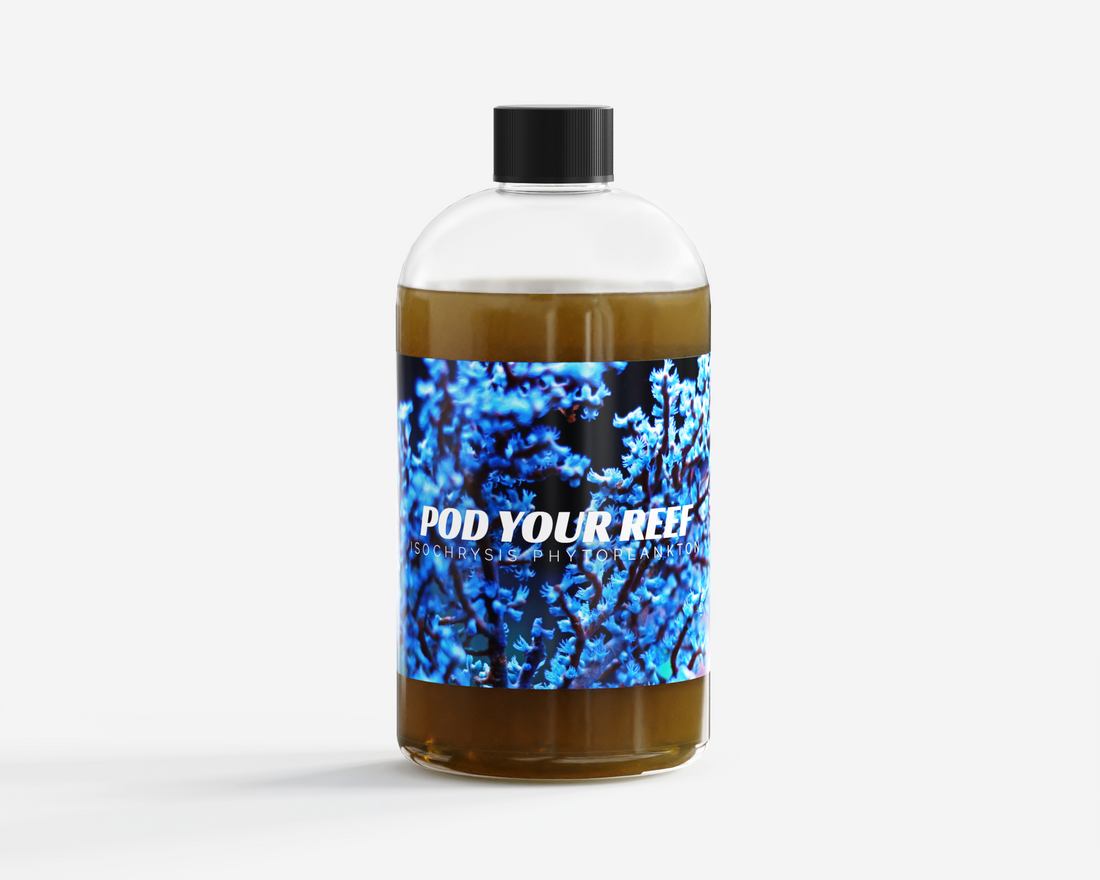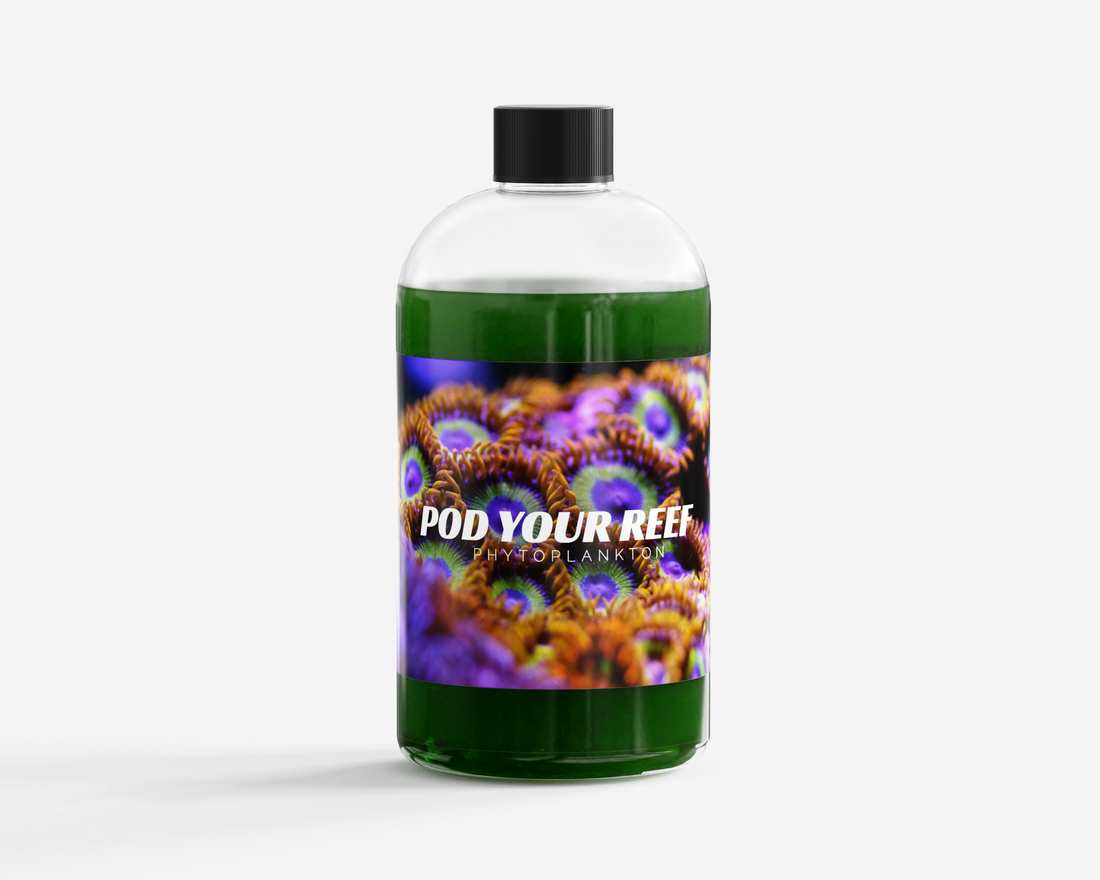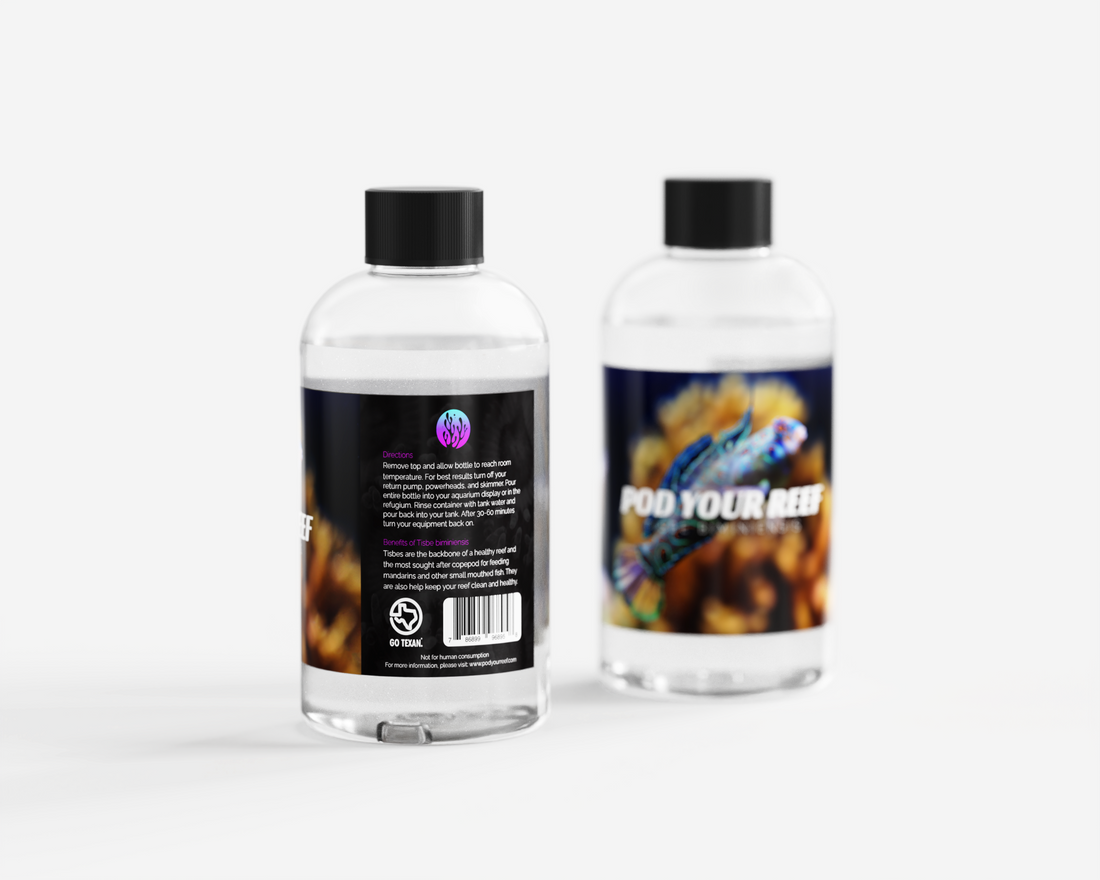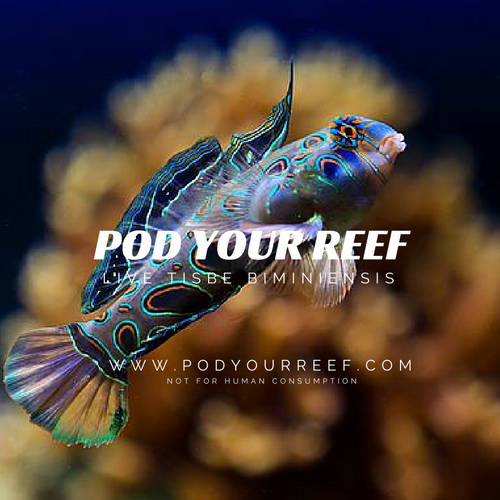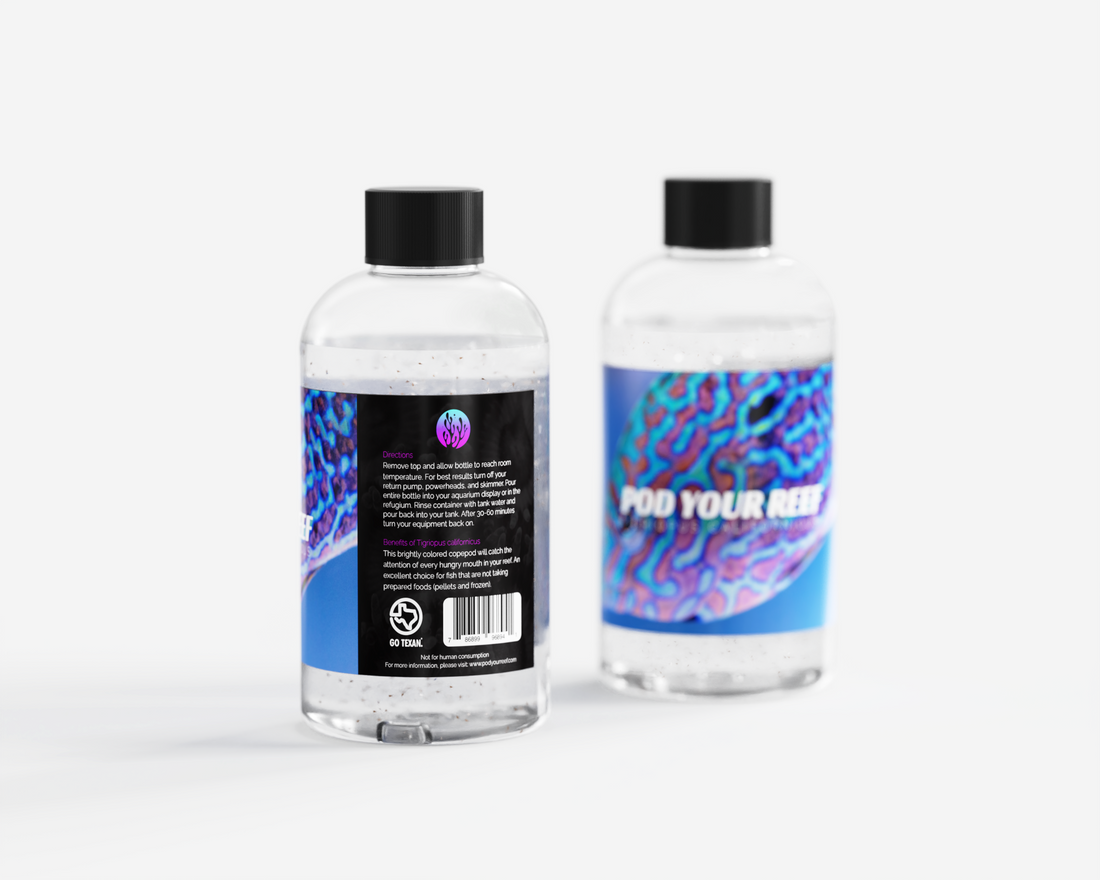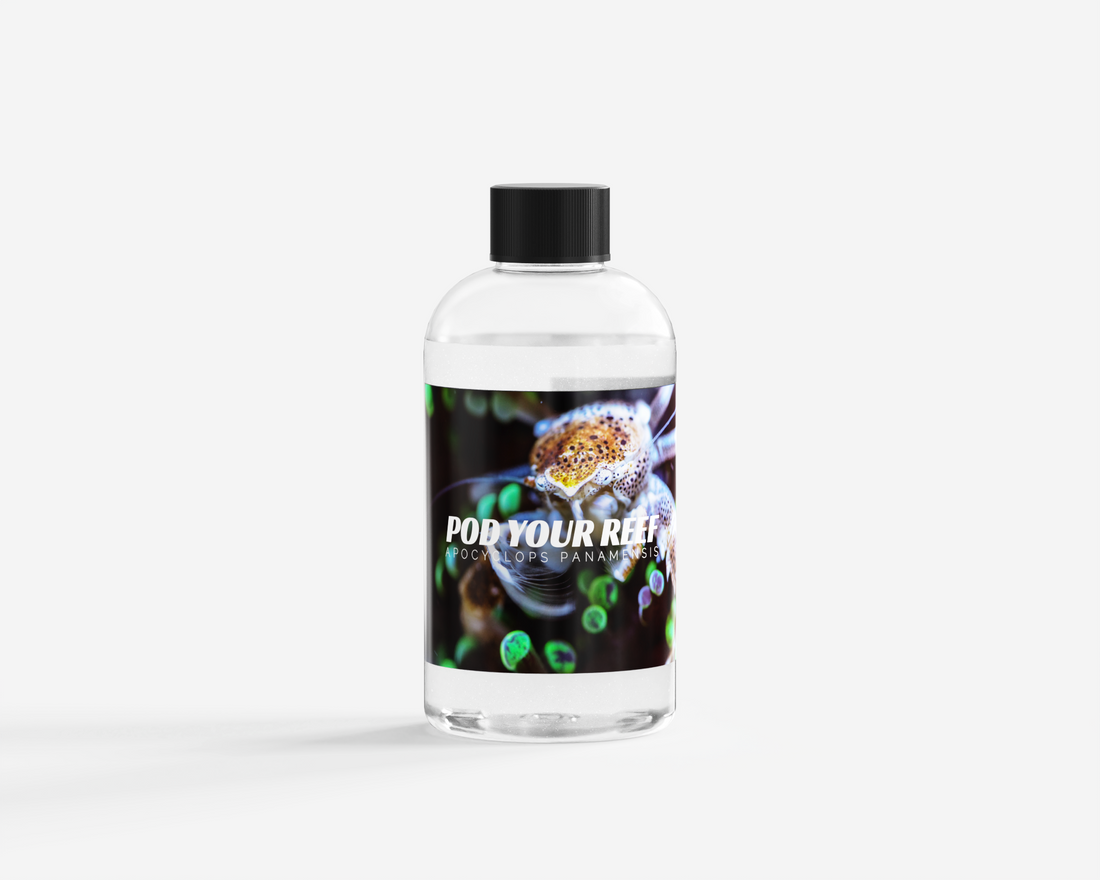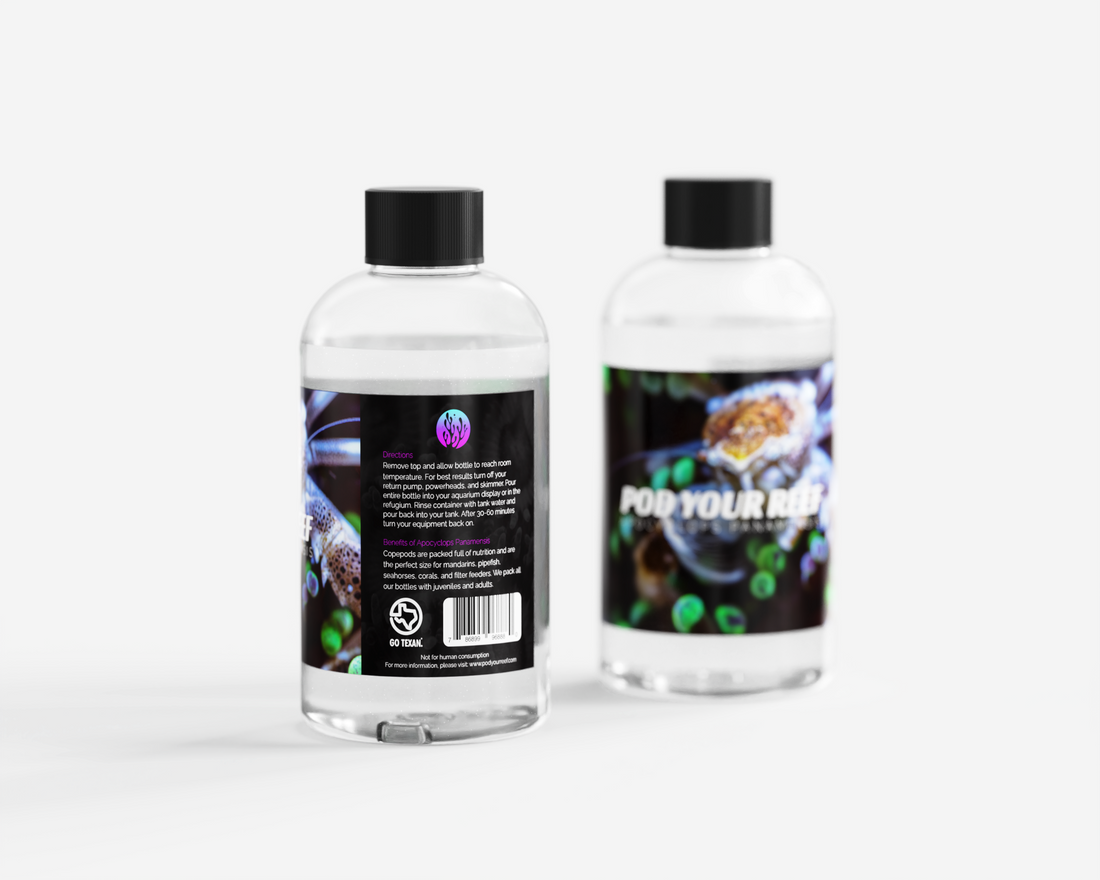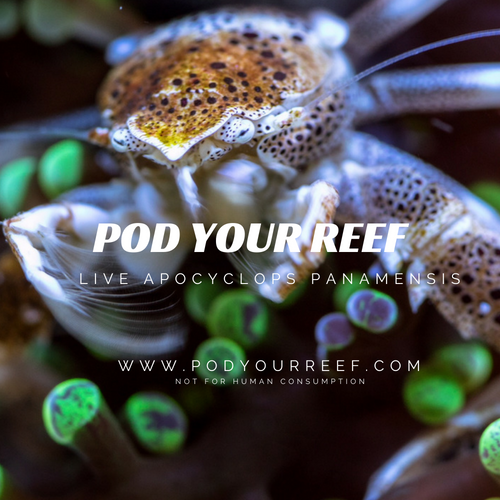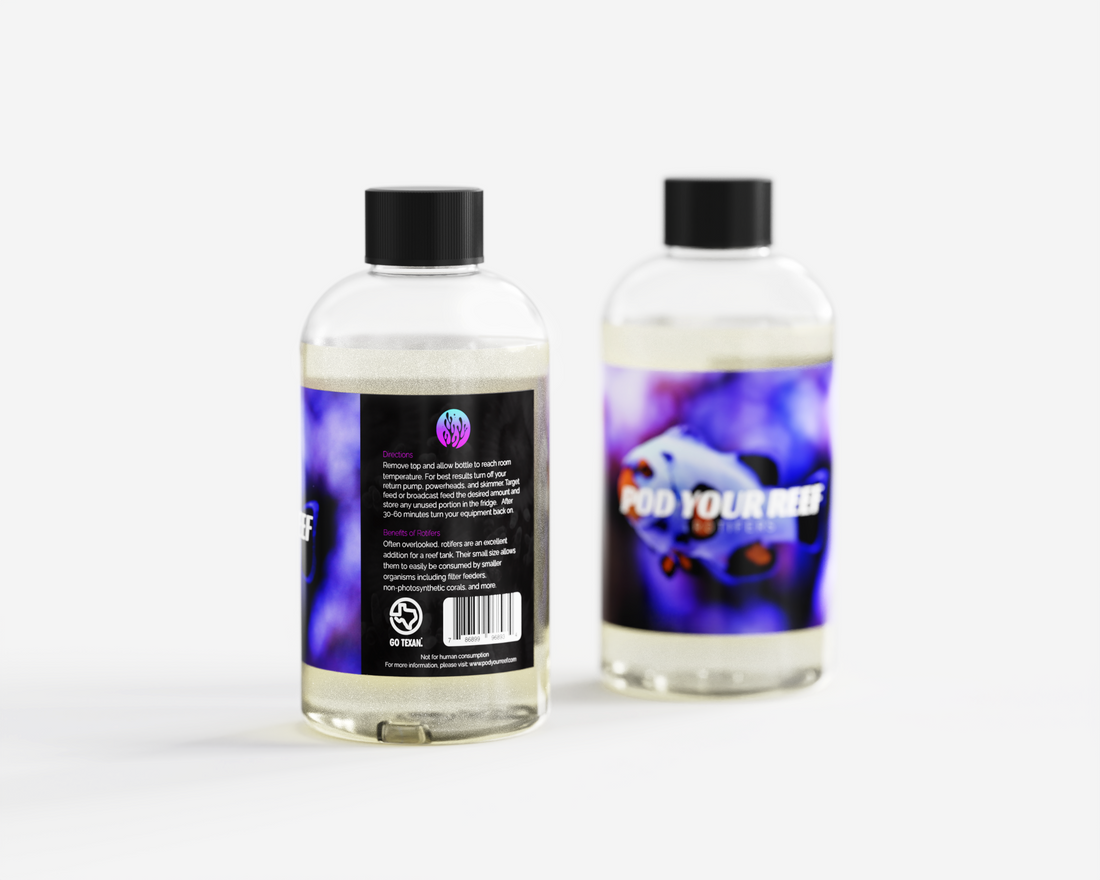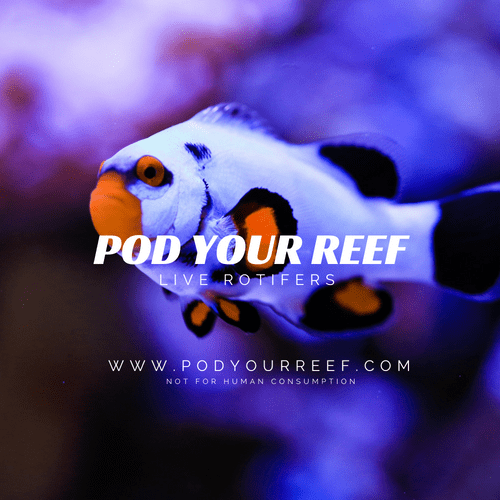
Care
Ultimate Zoanthid Care Guide: Expert Tips for Vibrant and Healthy Reef Corals
Ultimate Zoanthid Care Guide: Expert Tips for Vibrant and Healthy Reef Corals
How to Keep Zoanthids Thriving: Care, Maintenance, and Tips
Zoanthids, affectionately known as "zoas," are among the most popular and visually appealing coral species within the reef-keeping hobby. Known for their incredible range of vibrant colors, from bright greens and blues to vivid reds, oranges, and yellows, Zoanthids can transform any marine aquarium into a stunning underwater showcase. This comprehensive guide will equip you with in-depth knowledge, expert care strategies, maintenance tips, and advanced techniques to ensure your Zoanthids not only survive but thrive.
Understanding Zoanthids: Biology and Types
Zoanthids are colonial polyps classified under the order Zoantharia. Each colony consists of numerous polyps connected by tissue called coenenchyme, creating mats or dense clusters across rockwork or substrate. Each polyp is capable of independent feeding, yet the colony functions collectively, enhancing their survival and growth potential. Commonly mistaken for soft corals, Zoanthids possess characteristics distinct enough to place them in their own category, notably due to their structural composition and toxic potential.
There are numerous Zoanthid species, including popular aquarium varieties like Eagle Eyes, Radioactive Dragon Eyes, Fruit Loops, Utter Chaos, and Sunny D’s. Each species showcases unique patterns, growth rates, and specific care preferences, making them highly sought after by hobbyists.
Optimal Water Parameters for Zoanthids
Maintaining precise water parameters is essential for the health and coloration of Zoanthids:
-
Temperature: Maintain between 76-80°F (24-27°C). Stability is crucial; avoid rapid fluctuations.
-
Salinity: Ideal levels range from 1.025-1.026 specific gravity, mimicking natural seawater.
-
pH: Zoanthids thrive at a slightly alkaline pH of 8.1-8.4. Regular monitoring and buffering are advisable.
-
Alkalinity: Keep within 8-12 dKH, which is vital for coral skeletal growth and overall tank stability.
-
Calcium: Essential for skeletal development; maintain between 400-450 ppm.
-
Magnesium: Maintain between 1250-1350 ppm to support calcium and alkalinity stability.
-
Nitrates: Low to moderate levels (<10 ppm) enhance Zoanthid growth without risking algal blooms.
-
Phosphates: Ideally kept under 0.05 ppm to prevent nuisance algae and promote vibrant coloration.
Perform weekly water testing and partial water changes (10-15%) to maintain these parameters consistently.
Lighting Requirements and Proper Placement
Zoanthids primarily utilize photosynthesis for energy, so appropriate lighting is critical. LED fixtures are highly recommended due to their adjustability and spectral customization. Aim for moderate PAR (Photosynthetically Active Radiation) values between 80-150, as excessive lighting can cause bleaching or polyp retraction.
Initially, position your Zoanthids lower in your aquarium, allowing them to acclimate gradually to your lighting setup. After acclimation, progressively elevate the colonies to their optimal placement. Observing polyp behavior can guide optimal placement adjustments.
Provide ample spacing from aggressive coral species, such as Euphyllia or Goniopora, to prevent stinging and territorial aggression.
Water Flow and Circulation
Zoanthids prefer moderate, indirect water flow that gently moves their polyps, stimulating gas exchange and nutrient delivery while preventing detritus accumulation. Strong currents can damage polyps or inhibit proper extension, while stagnant flow can lead to debris build-up and potential infections.
Use wave-makers or powerheads strategically positioned to achieve optimal flow. Observe polyp extension as an indicator; ideally, polyps should extend fully without appearing stressed or overly agitated.
Feeding and Nutritional Needs
While Zoanthids derive most of their energy from photosynthesis, supplementary feeding significantly boosts growth rates, coloration, and overall health. Provide targeted feedings 1-2 times weekly with small quantities of reef-specific foods like live phytoplankton, copepods, rotifers, or commercially available coral foods enriched with amino acids and vitamins.
Target feeding using syringes or pipettes ensures precise delivery to each colony, maximizing nutrient uptake without excessive waste. Regular feedings also promote increased polyp extension and colony growth.
Preventing and Treating Common Zoanthid Diseases and Pests
Zoanthids are generally hardy but can succumb to pests and diseases. Routine inspection is vital to catch issues early:
-
Zoanthid-Eating Nudibranchs: Small, camouflaged pests that consume polyp tissues. Regular coral dipping and manual removal help control infestations.
-
Zoanthid Spiders: Tiny arachnid-like creatures that hide between polyps, causing colonies to shrink. Coral dips and quarantine protocols effectively manage their spread.
-
Bacterial and Fungal Infections: Poor water conditions or injuries may trigger infections, identified by tissue recession or discoloration. Improving water quality and using coral-specific antibacterial dips usually resolves issues.
Preventative measures include quarantining new corals and regularly dipping colonies to minimize introducing pests or pathogens.
Propagation and Colony Expansion
Zoanthids propagate rapidly under favorable conditions, offering hobbyists easy and rewarding fragging opportunities:
-
Fragging Technique: Using sharp scalpels or coral cutters, carefully cut between polyps to separate fragments. Attach frags to ceramic plugs or rubble using coral-safe glue. Ensure frags receive moderate flow and adequate lighting for quick recovery and growth.
-
Safety Consideration: Always wear gloves, protective eyewear, and handle Zoanthids carefully, as they may release palytoxin, a potent toxin harmful to humans if mishandled.
Successful fragging expands your coral collection and provides trading opportunities within reef communities.
Advanced Zoanthid Care Tips
To elevate Zoanthid growth and vibrancy, advanced hobbyists often employ additional practices:
-
Trace Element Supplementation: Routine dosing of iodine, potassium, iron, and strontium can greatly enhance color vibrancy and polyp health.
-
Carbon Dosing and Nutrient Management: Utilizing methods like carbon dosing, protein skimming, or refugiums effectively manages nutrient levels, promoting optimal coral health and reducing algae growth.
-
Enhancing Coloration with Amino Acids: Regular supplementation with high-quality amino acid formulas enhances polyp coloration, growth rates, and overall vitality.
Monitoring Zoanthid Health: Regular Observations
Regular observation of polyp behavior, coloration, and growth patterns enables early detection and correction of any issues. Signs of a thriving colony include fully expanded polyps, consistent coloration, and steady colony expansion.
Conversely, signs of stress or illness include polyp retraction, bleaching, unexplained polyp loss, or discolored and deteriorating tissue. Quickly addressing these issues through parameter adjustments, improved husbandry, or targeted treatments ensures long-term colony health.
Conclusion: Enjoying Vibrant Zoanthid Colonies
Zoanthids offer an ideal blend of beauty, resilience, and ease-of-care, making them perfect for aquarists of all skill levels. Through dedicated care, regular monitoring, and strategic supplementation, you can enjoy vibrant, thriving colonies that enhance your reef aquarium's visual appeal.
By consistently maintaining proper water conditions, careful acclimation and placement, pest management, and nutritional supplementation, your Zoanthids will thrive, rewarding you with their exceptional beauty and dynamic growth for years to come.

